Let it Go! Let it Go! You can’t grow tomatoes anymoooore!
Let’s face it; Winter is coming. Now while we still have time to enjoy the last of the cool weather crops, Autumn is in full swing of all of it’s Pumkin Spice glory, and it’s very close to the time to put those edible garden beds to, well, bed. Allow us to offer some tips on how to bring the 2022 season to a close to ensure success when the 2023 season kicks off!
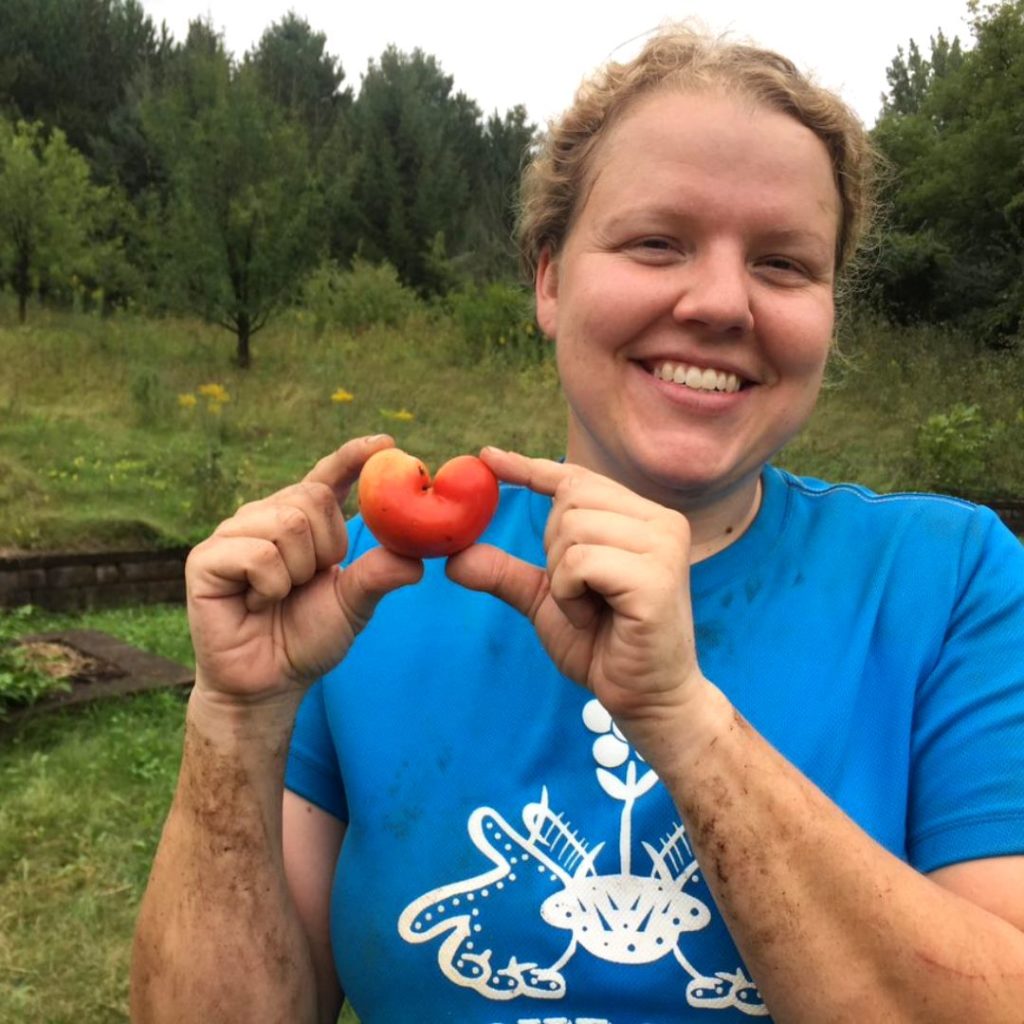
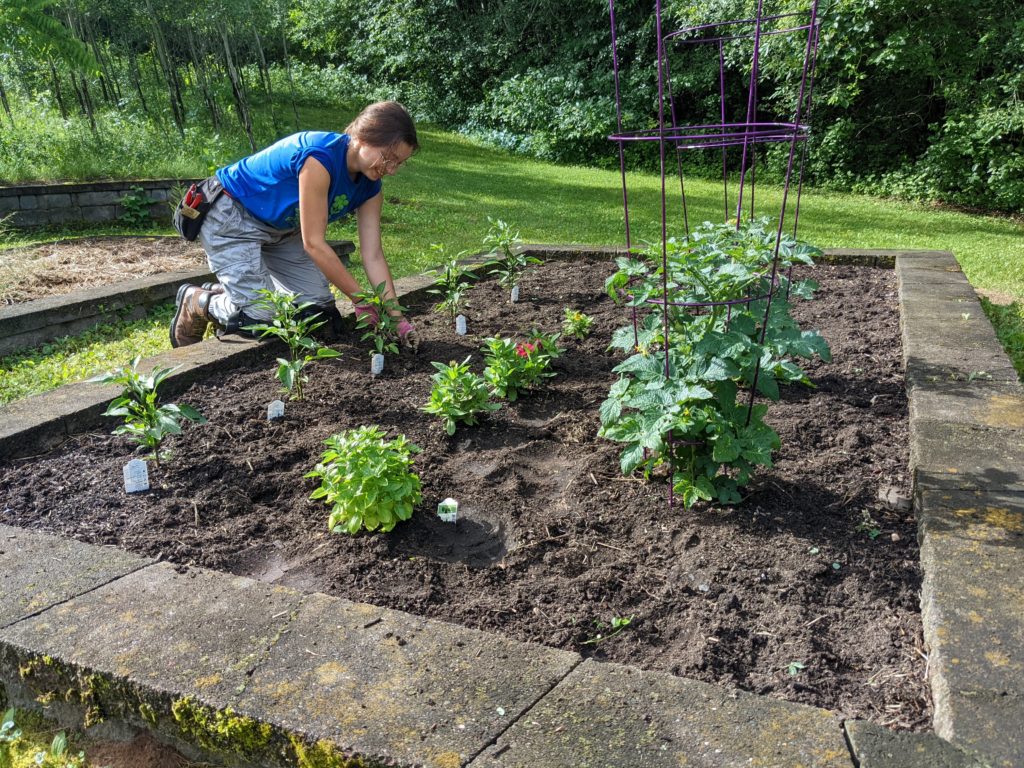
Remove supports & cages.
Disclaimer: We are talking about all cages that are not named Nicolas. If Nicolas Cage is in your garden, let him stay; he’s a National Treasure… Anyway, stakes, tomato or pepper cages or bamboo supports should be removed, cleaned and stored out of the elements to extend the life of them. Any metal supports left in the garden over winter can rust and plants don’t love rust.
CUT! End scene…
The biggest goal when prepping the garden for the long winter hibernation is to protect the soil. When we just rip out the old plants, it disturbs the soil, sometimes deeply. If left, those roots will decompose into organic matter and can add beneficials back into the soil bed. Some gardeners will simply break out the tiller and turn everything under. This action exposes the topsoil layer to direct sunlight, which can kill many beneficial microbes, destroy earthworms, and will be harmful to soil structure in the long term. So, what to do with residue? We suggest cutting the annual vegetative material down to the soil line or just under if possible, and cover with soil. Then take the remaining residue and toss it in the ol’ compost bin!
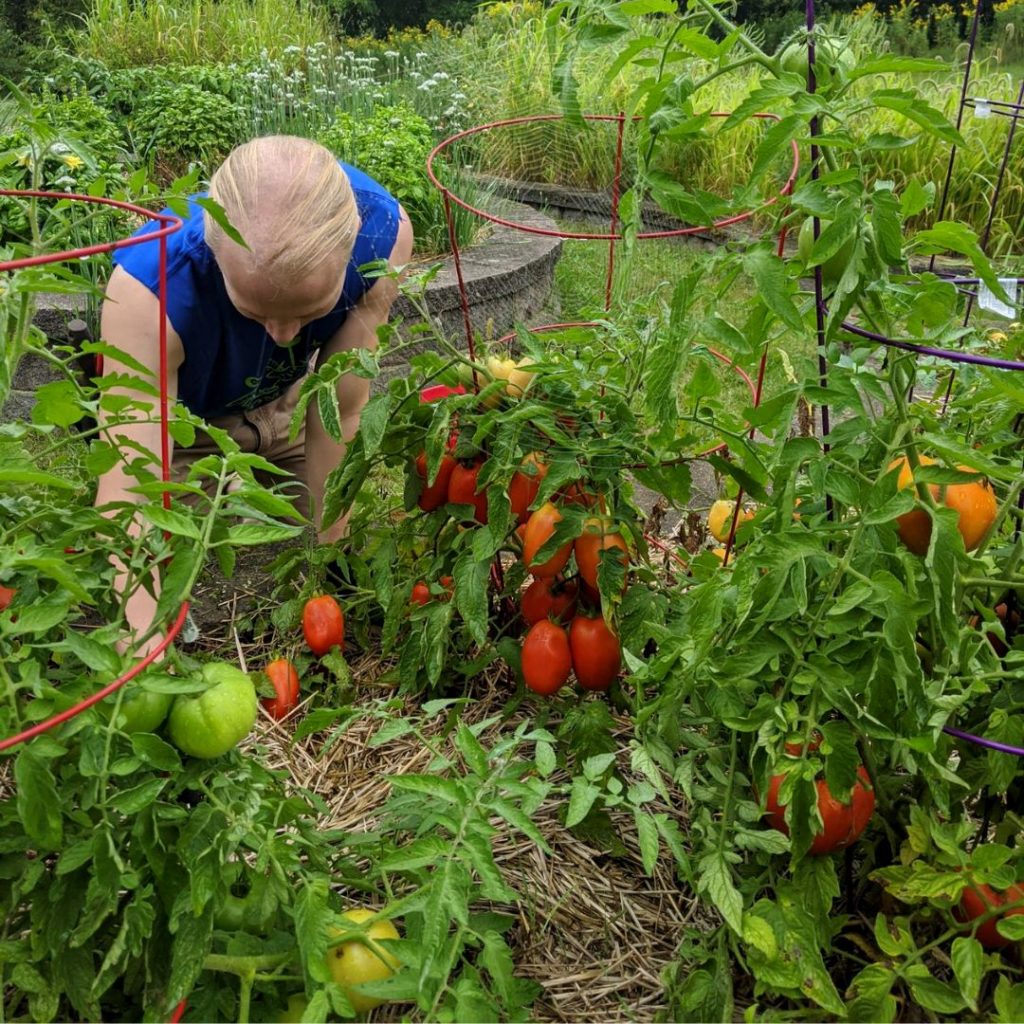
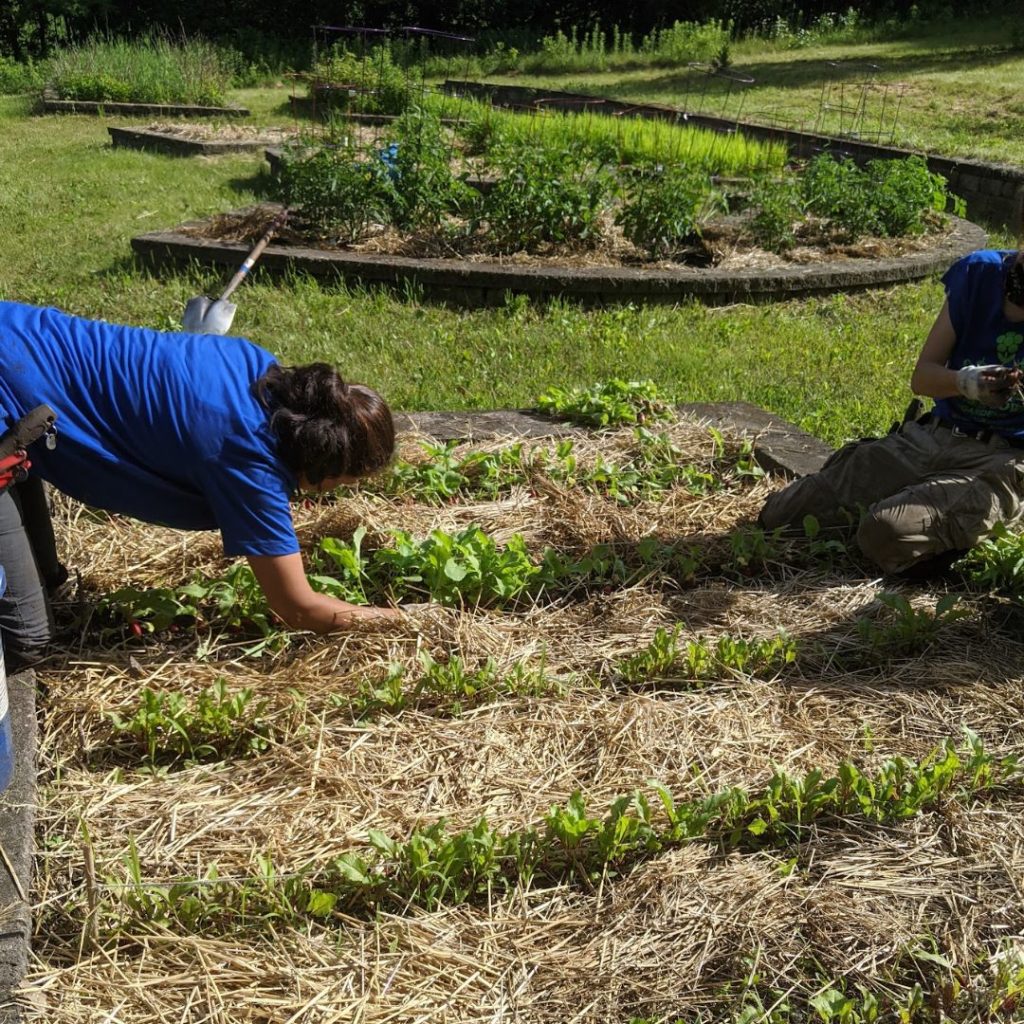
What the health?
If you are concerned about your soil health, have your soil analyzed. We can help! Home Sown Gardens can take a sample from your garden and analyze it for nutrient deficiencies or excesses, organic matter amounts, pH and other factors that contribute to your veggie’s success.
Amend, I say!
While we don’t recommend tilling the soil, we do suggest you amend the soil with a generous layer of compost across the entirety of your beds. Gardens love compost and this is a great way to make sure the top layer of soil is Richie rich when you go to plant after the Spring thaw.
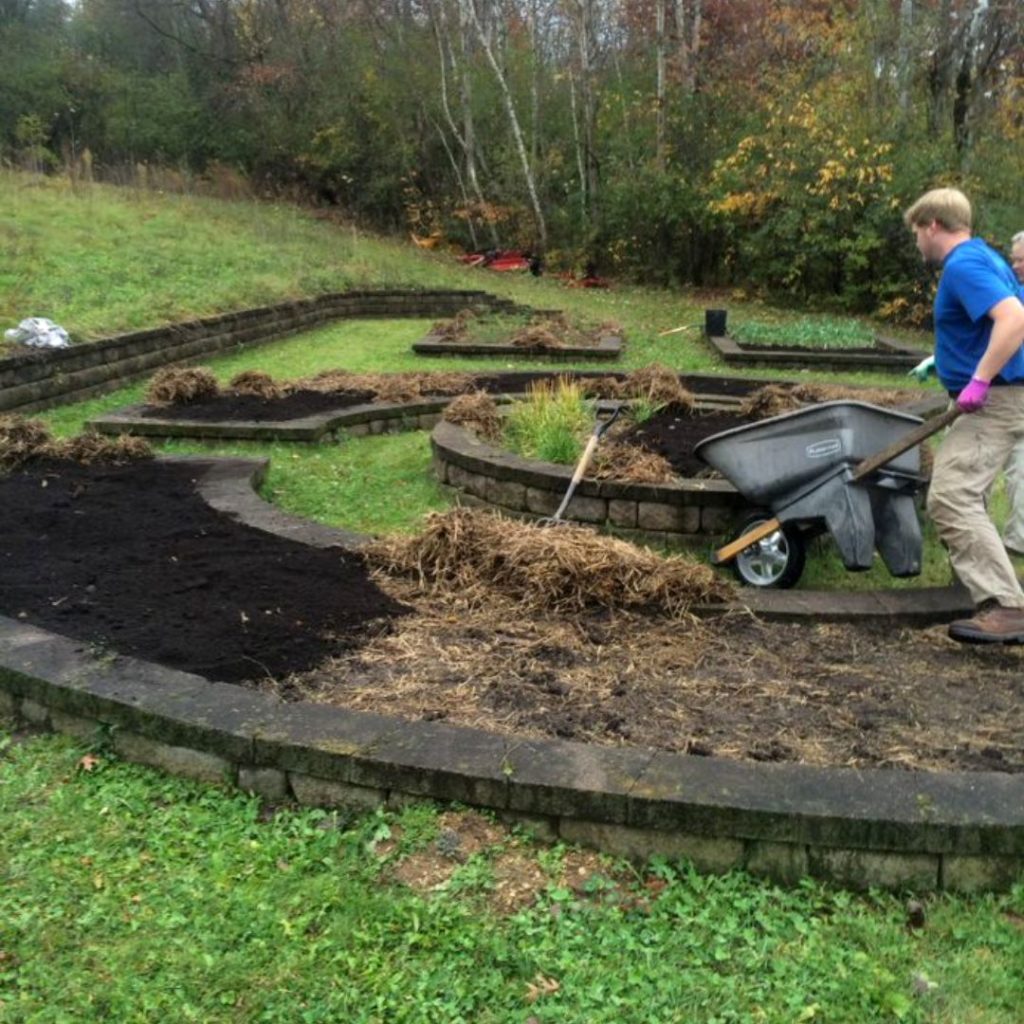
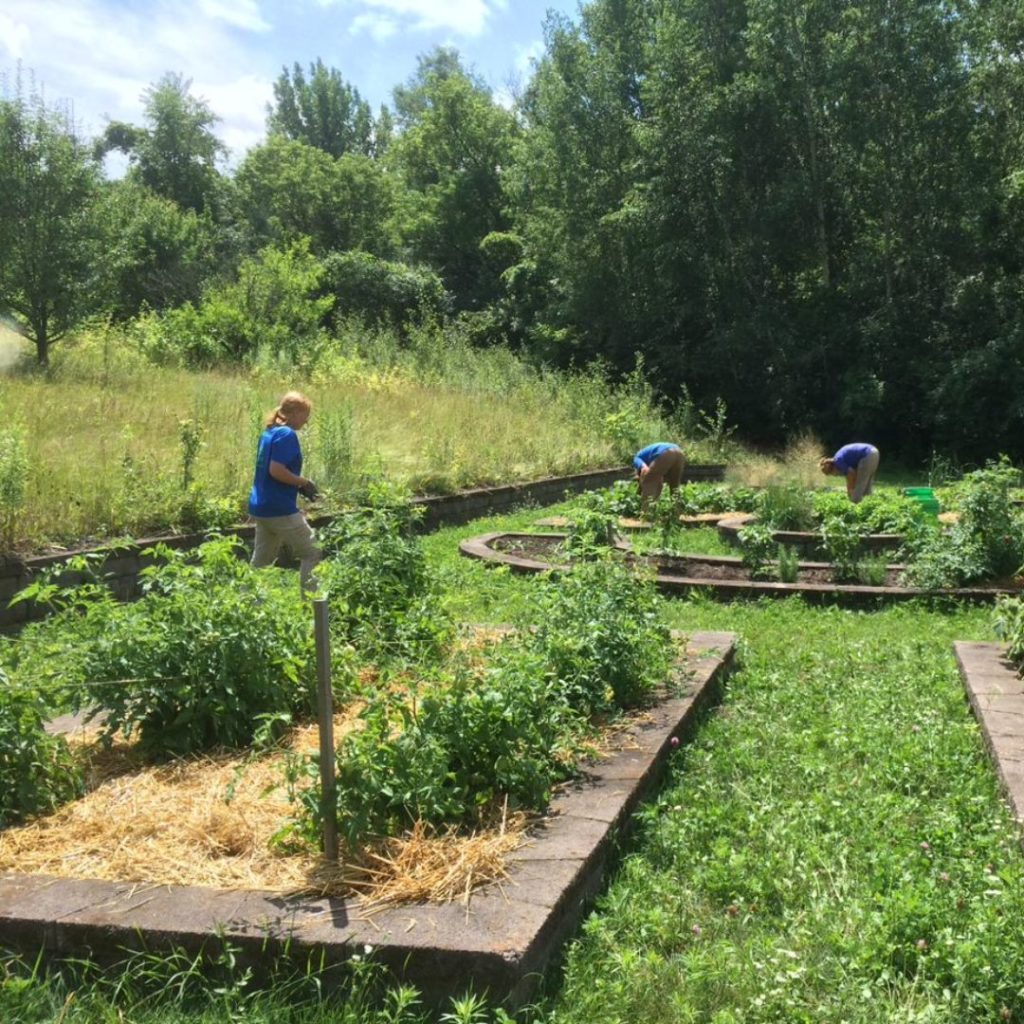
Mulch Ado About Nothing
Covering your soil beds with a layer of natural protection will keep them sheltered from the nasty elements of winter and will naturally start to decompose, helping the soil teem with microbial life before you are ready to plant. We recommend using straw or those leaves that are inevitably falling in your yard. They will give you a blanket for your bed (see what I did there?) and can be removed in the Spring when it’s time to plant.
~ Grow well, eat well, be well! ~
